SUMMARY
This is AI generated summarization, which may have errors. For context, always refer to the full article.
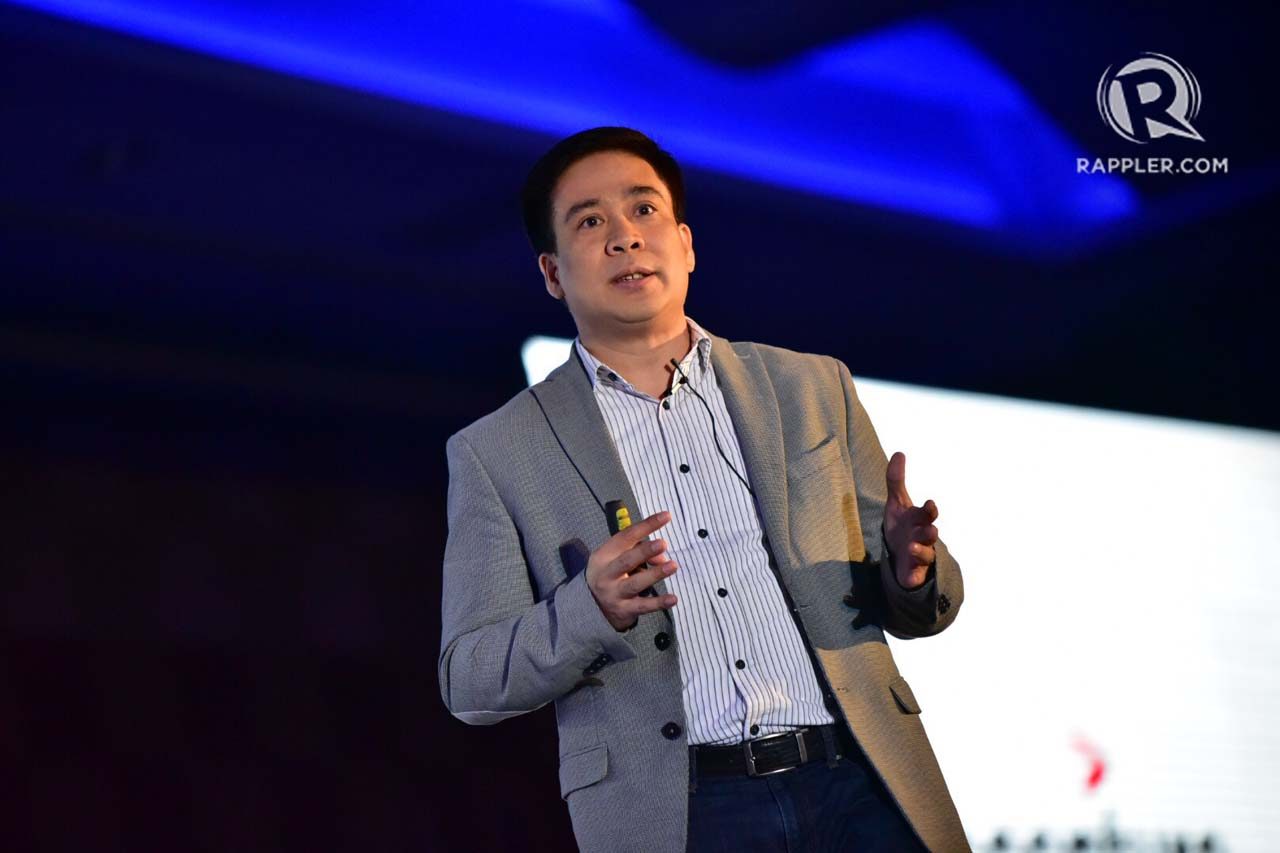
MANILA, Philippines — Is the acceleration of technology outpacing our ability to harness it in everyday life?
With the growing popularity of innovations such as artificial intelligence (AI), it can certainly feel that way.
But Accenture Philippines’ Digital Lead JP Palpallatoc is confident we’re leaving this mindset behind. During his talk about digital trends for this year’s #ThinkPH Summit at the SMX Convention Center in Pasay City, he said: “We’re learning to take control of technology. The future will be shaped by people.”
JP presented key insights from Accenture’s annual study called Tech Vision. This year, it was conducted among 5,400 business and tech leaders in different industries.
Learn how technology will change lives in new ways with Accenture’s forecast for 2017 below.
AI is the new UI
“AI is permeating every user interface. If we do it right, technology disappears and becomes very natural,” said JP.
There’s more to it than self-operating robots. Its integration into our usual digital tools is executed so seamlessly, we’re probably not even aware that some functions are made possible by it.
Love Spotify? The personalized playlists the app prepares for each user is run by AI. It learns from human input and banks on this for future recommendations or features.
“Humans and machine working together, that’s what we need to develop,” added JP.
Ecosystem Power Plays
Each company has their own niche of target markets or ecosystems. By building strategic partnerships with players from other industries, businesses can widen their reach.
“The key decision a company needs to make is which partners or alliances they need to play with, which particular platform they want to use,” said JP.
A perfect partnership should be mutualistic. Aside from creating new markets or improving logistics, these collaborations offer consumers new products to complement the services the other platform provides.
Workforce Marketplace
The workforce structure is getting a makeover. Old, rigid hierarchies are making way for an expanding talent pool.
It allows room for organizational flexibility. “The workforce marketplace is about the rise of external talent platforms, the rise of gigsters,” said JP.
And it’s already happening. It’s common for local companies, even the big ones, to outsource talents, using freelancing and crowdsourcing platforms such as raket.ph.
A liquid workforce delivers speedier, cost-effective services without compromising quality. But more than that, it transforms company-employee relations, allowing creative and personal growth.
Design for Humans
To effectively interact with customers and provide them solutions, companies must possess an in-depth understanding of their needs and preferences.
“Companies will be using human behavior behavioral science in implementing customer experience,” said JP.
A customer’s relationship with a company is largely built on the effectiveness of the online experience they offer. This is why an understanding of human behavior is crucial when designing applications.
“We’re generating a lot of personal information and data. By combining human centric design and data, we are now creating a hyper-personalized experience,” said JP.
The Uncharted
The digital evolution comes with new tools and services. It even creates new industries.
But since this is completely uncharted territory, there are no rules.
“Some of the government regulation and rules are not able to catch up with digital disruption. It’s the responsibility of digital pioneers to make and define the rules of the game,” said JP.
Grab and Uber, for example, are new modes of transportation. Do these ride-hailing apps need to comply completely with existing regulations? It’s up for debate.
A more advanced digital era is definitely in the future, but it’s not the robot-dominated world some imagine it to be.
Making it human-centric and establishing rules will ensure that it creates solutions, not problems. As JP said, “Technology is being designed by the people, for the people.”
Learn more about about Accenture’s Tech Vision here. — Rappler.com
Add a comment
How does this make you feel?
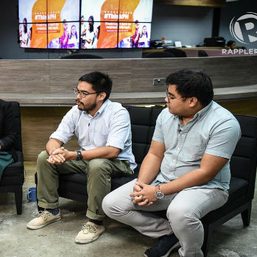
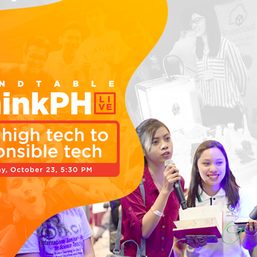
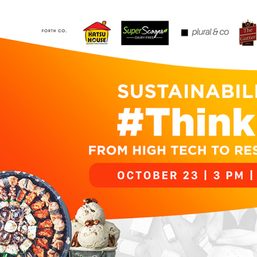
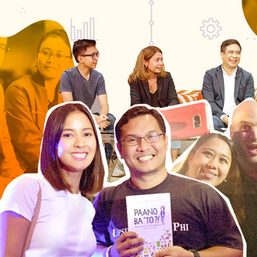
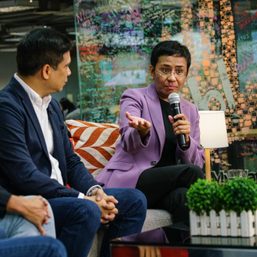
There are no comments yet. Add your comment to start the conversation.